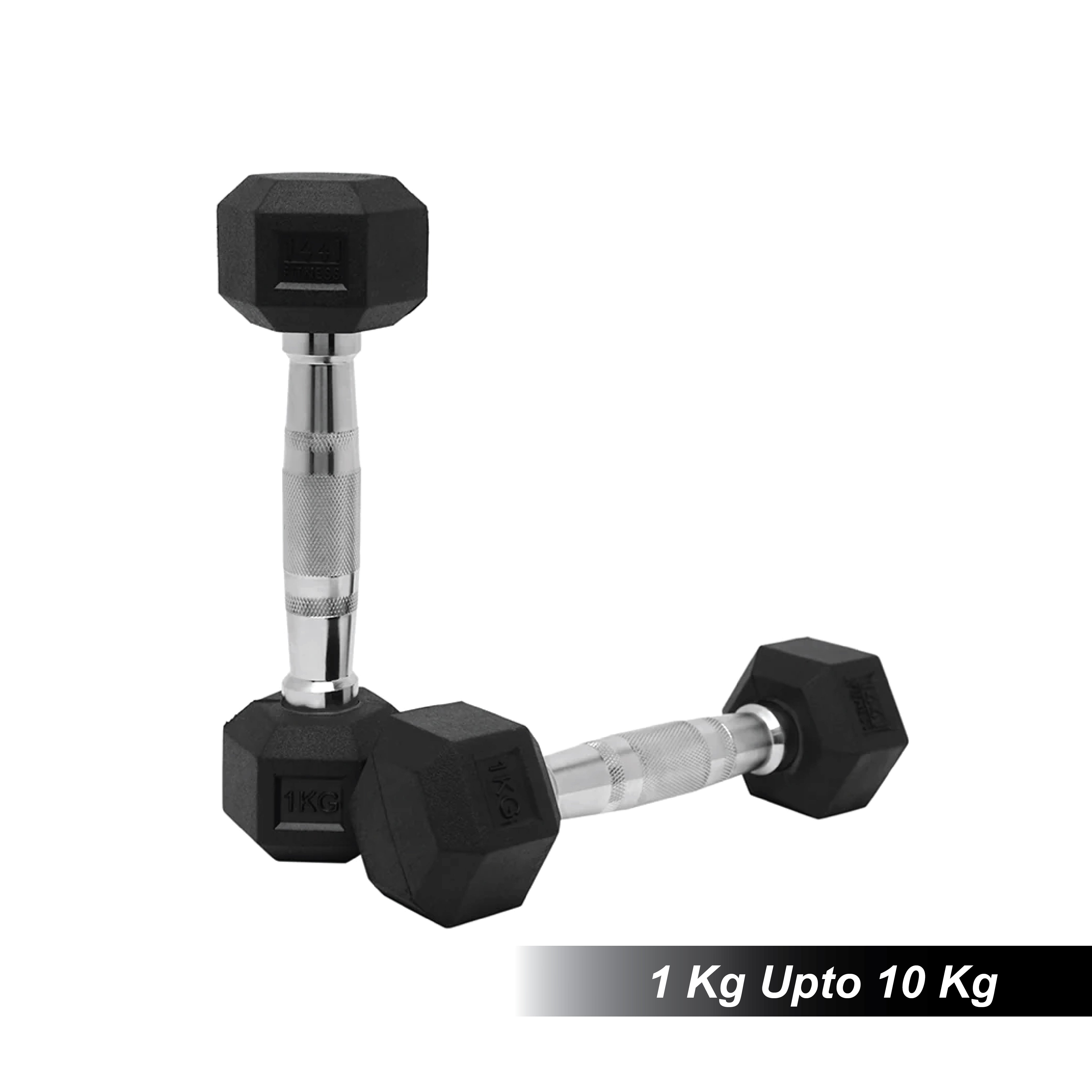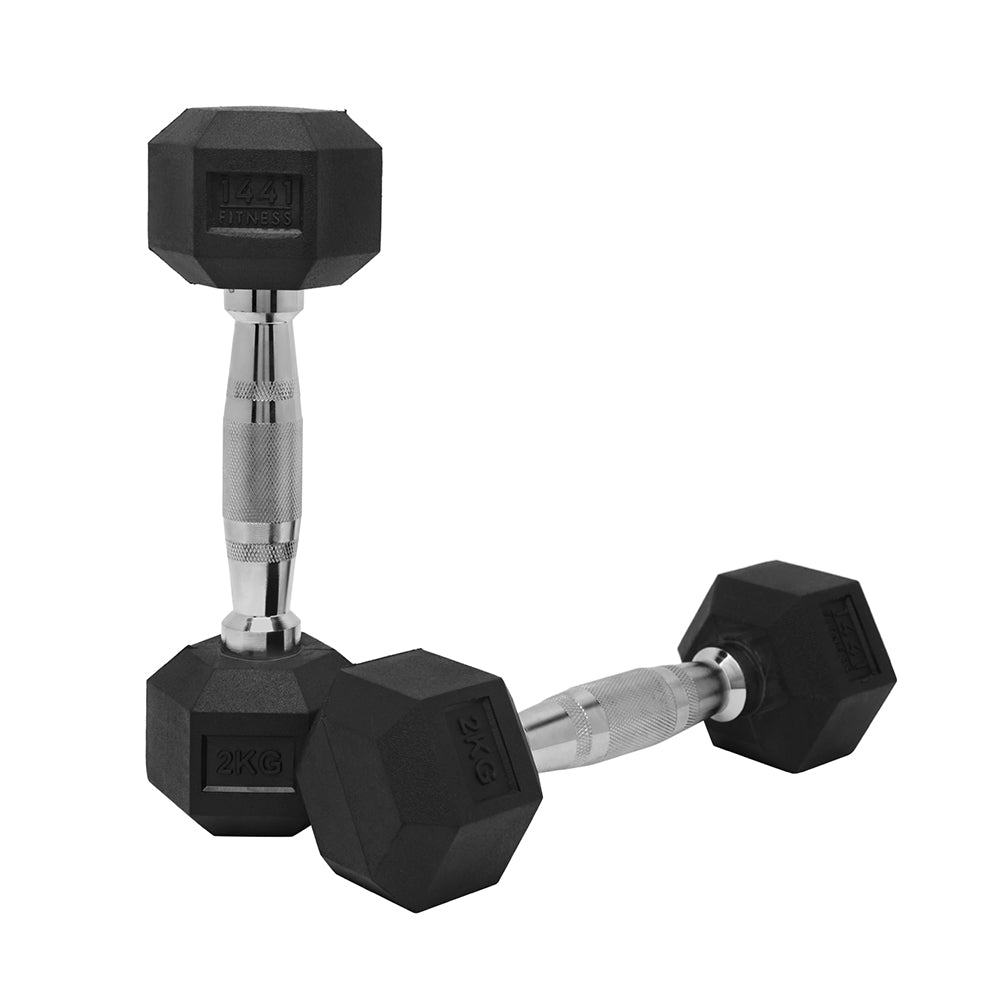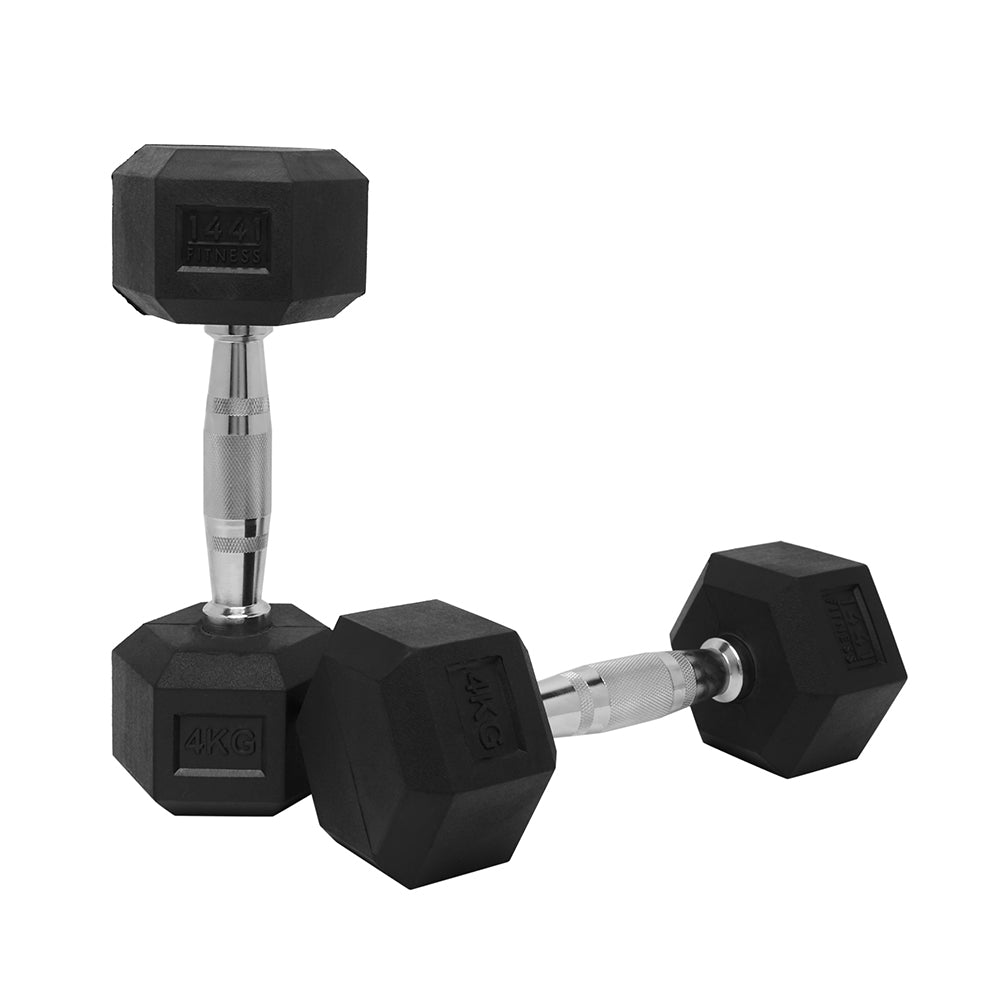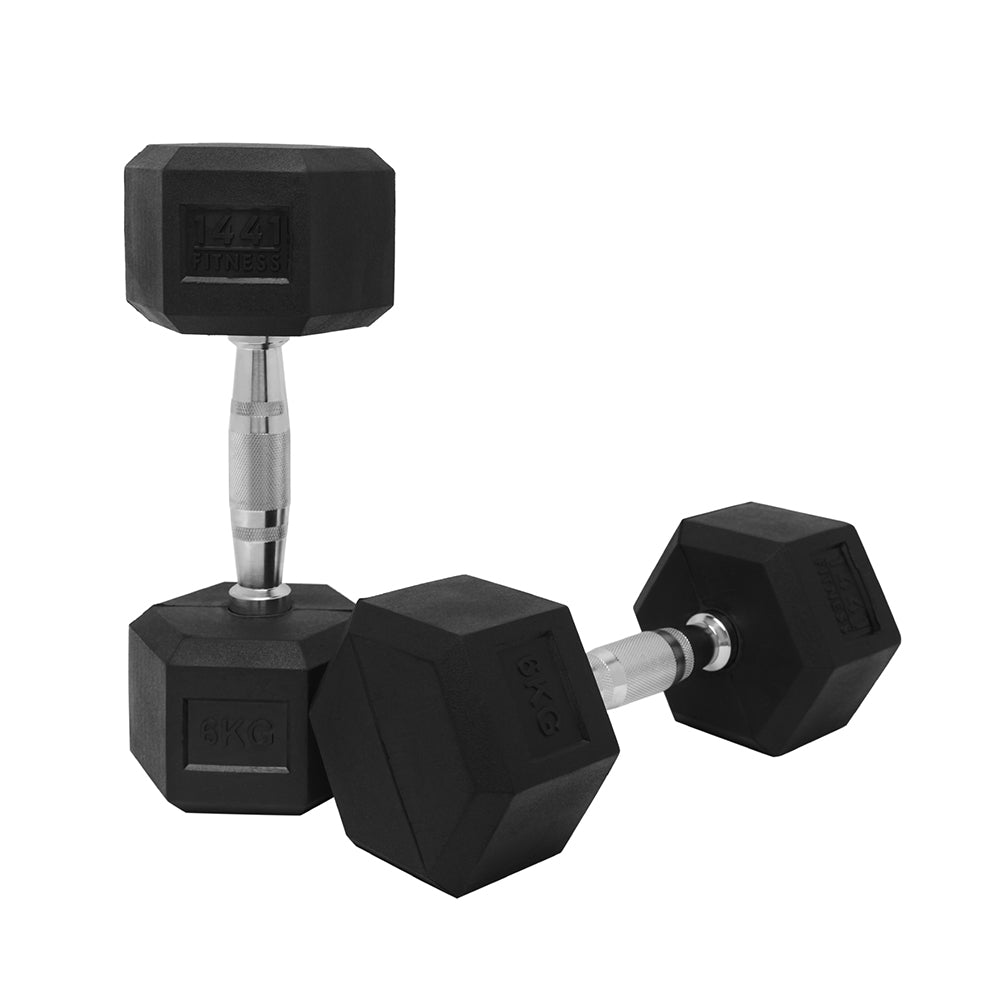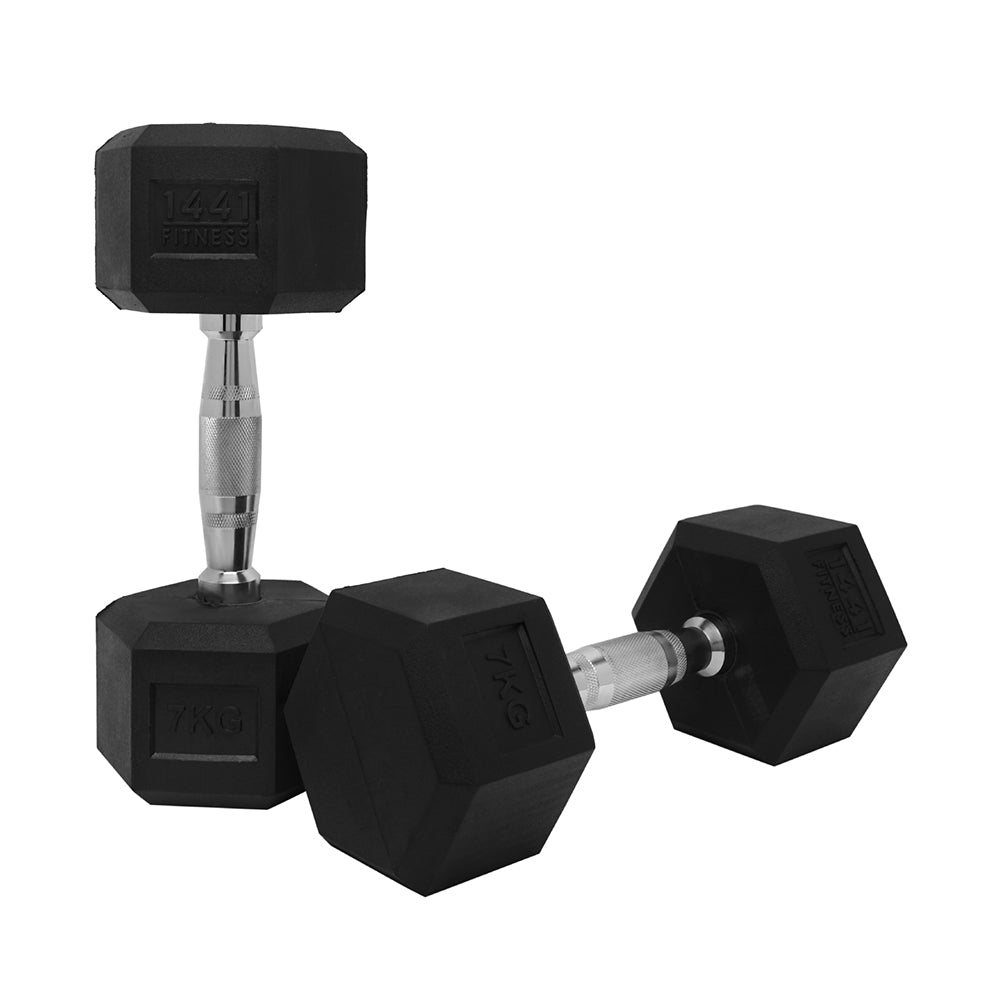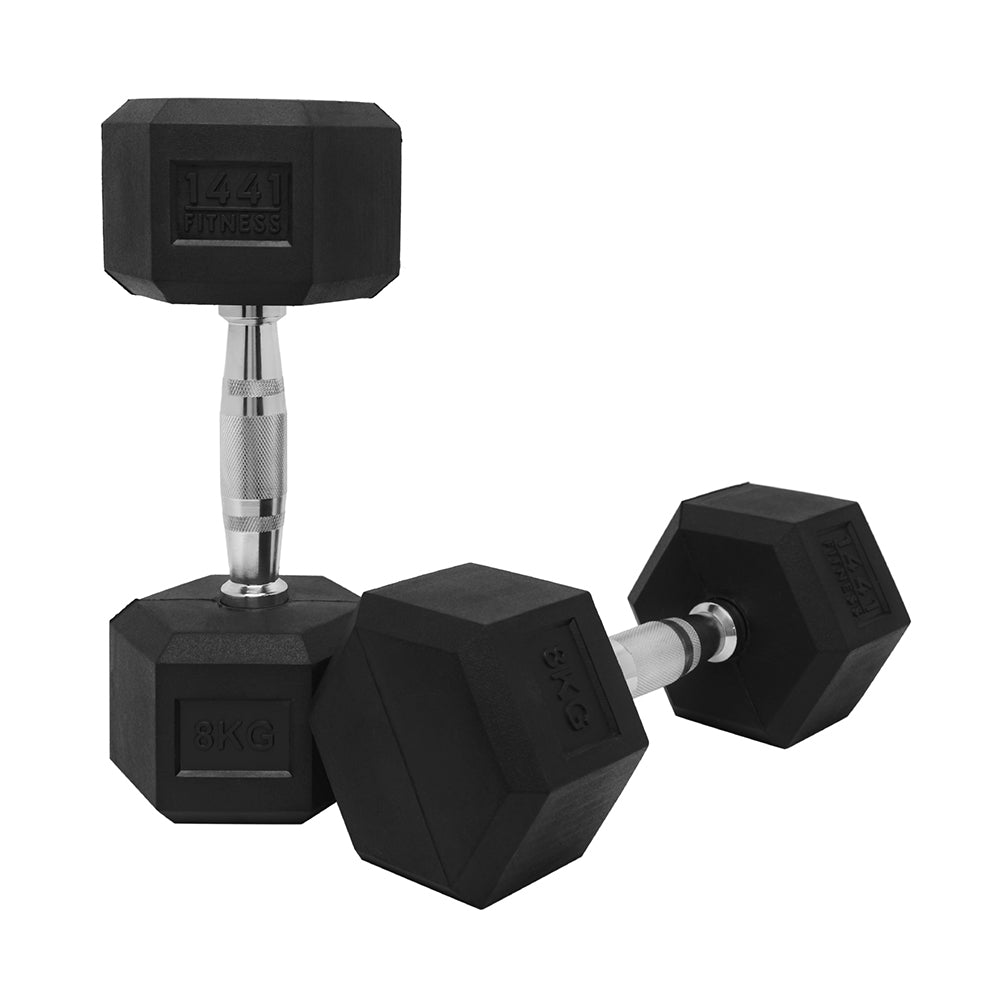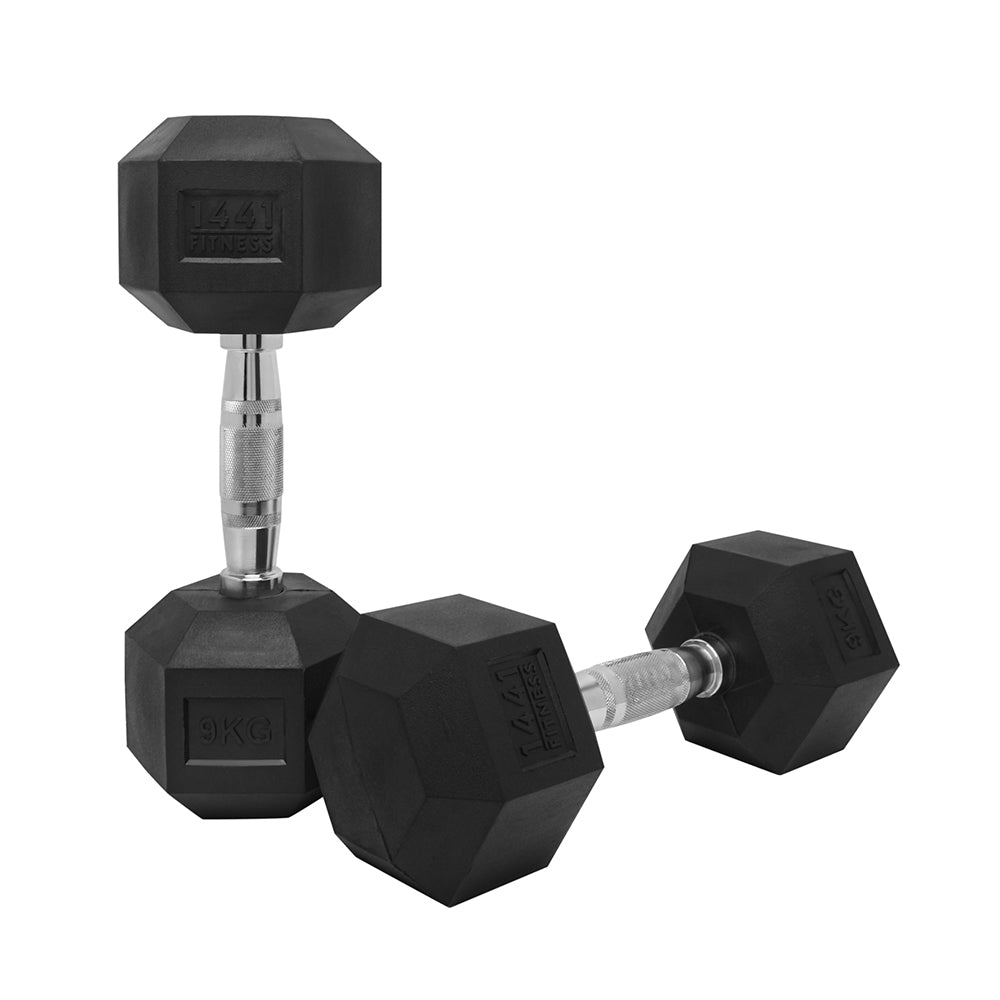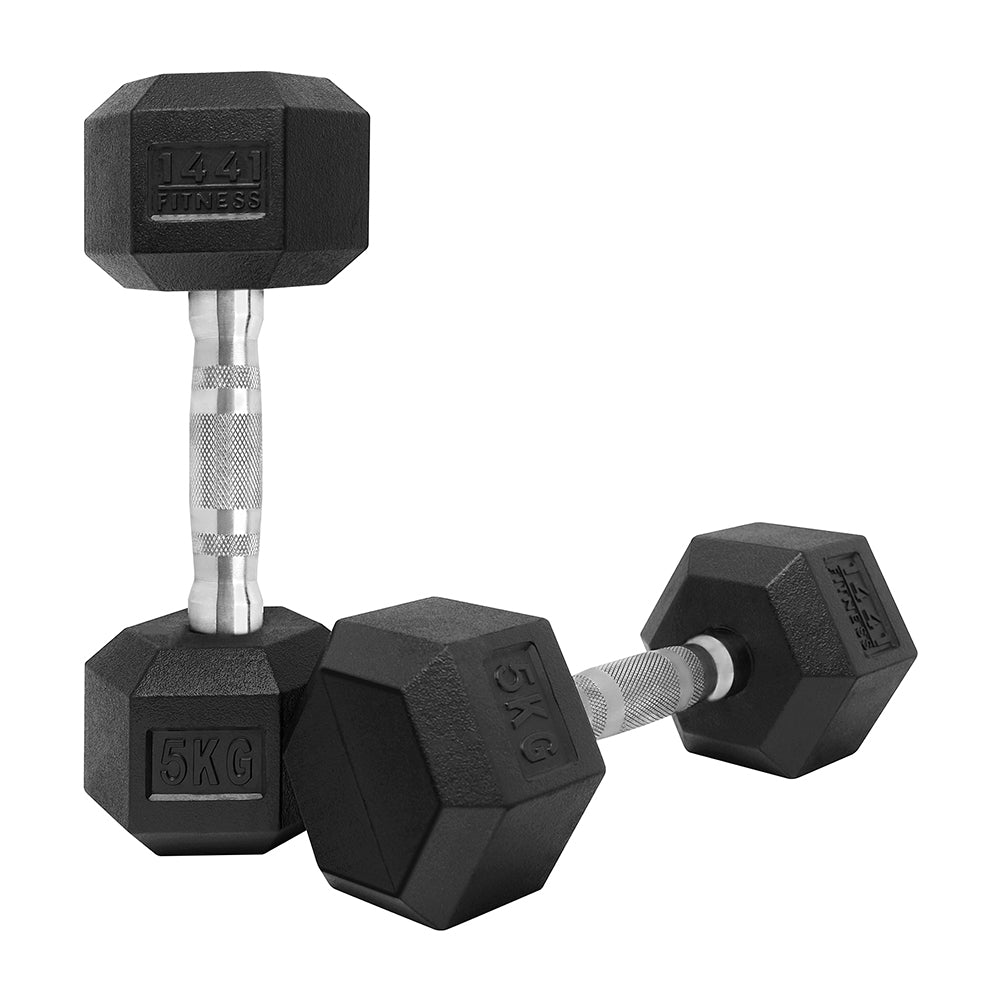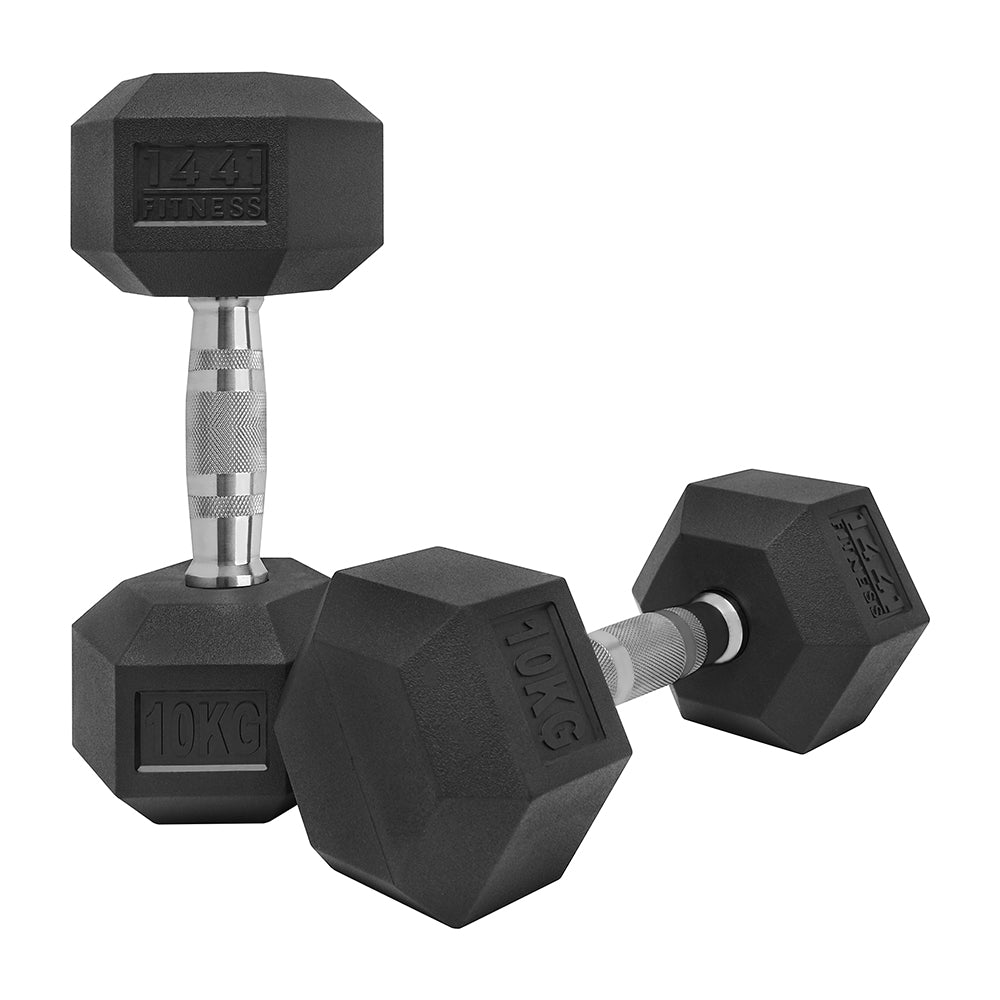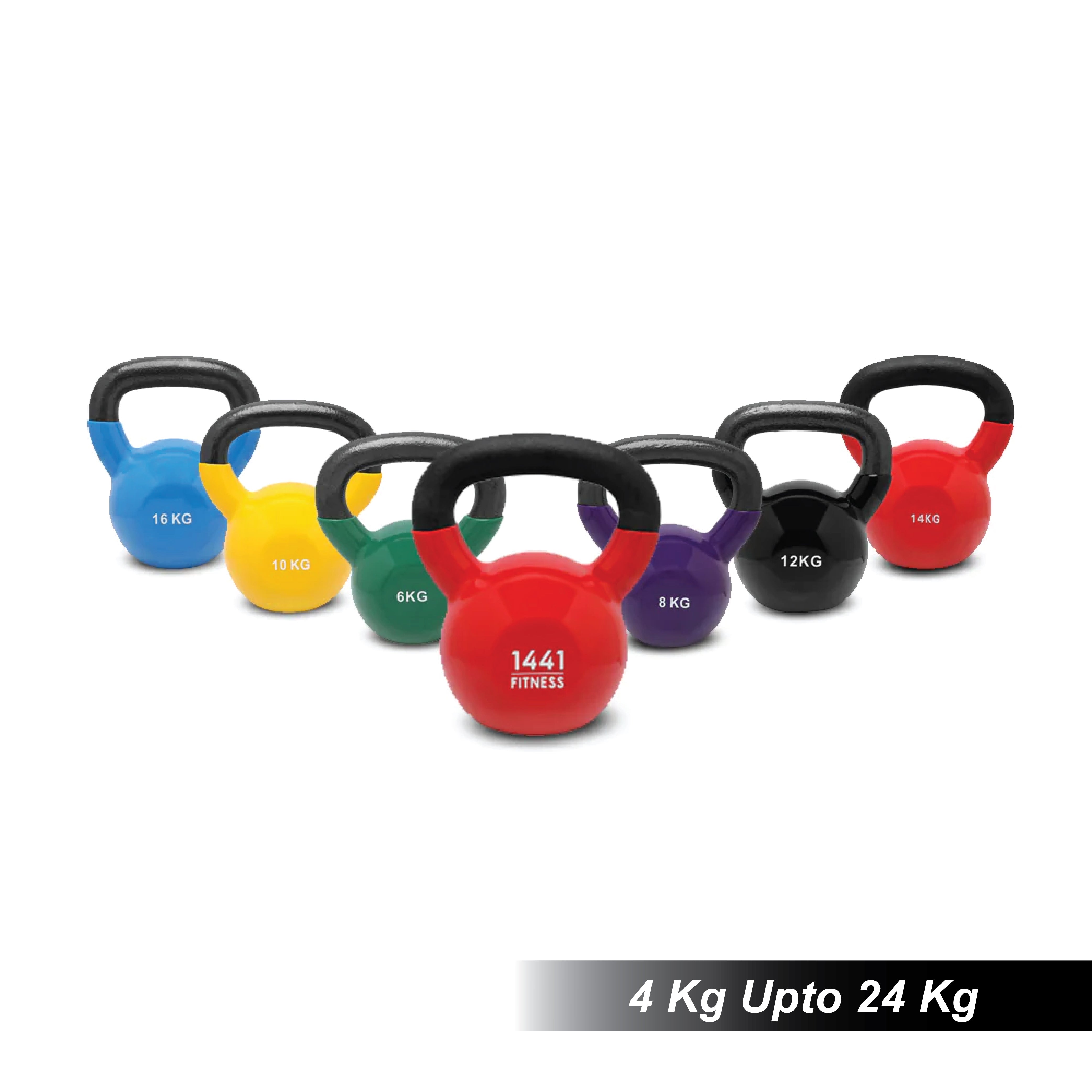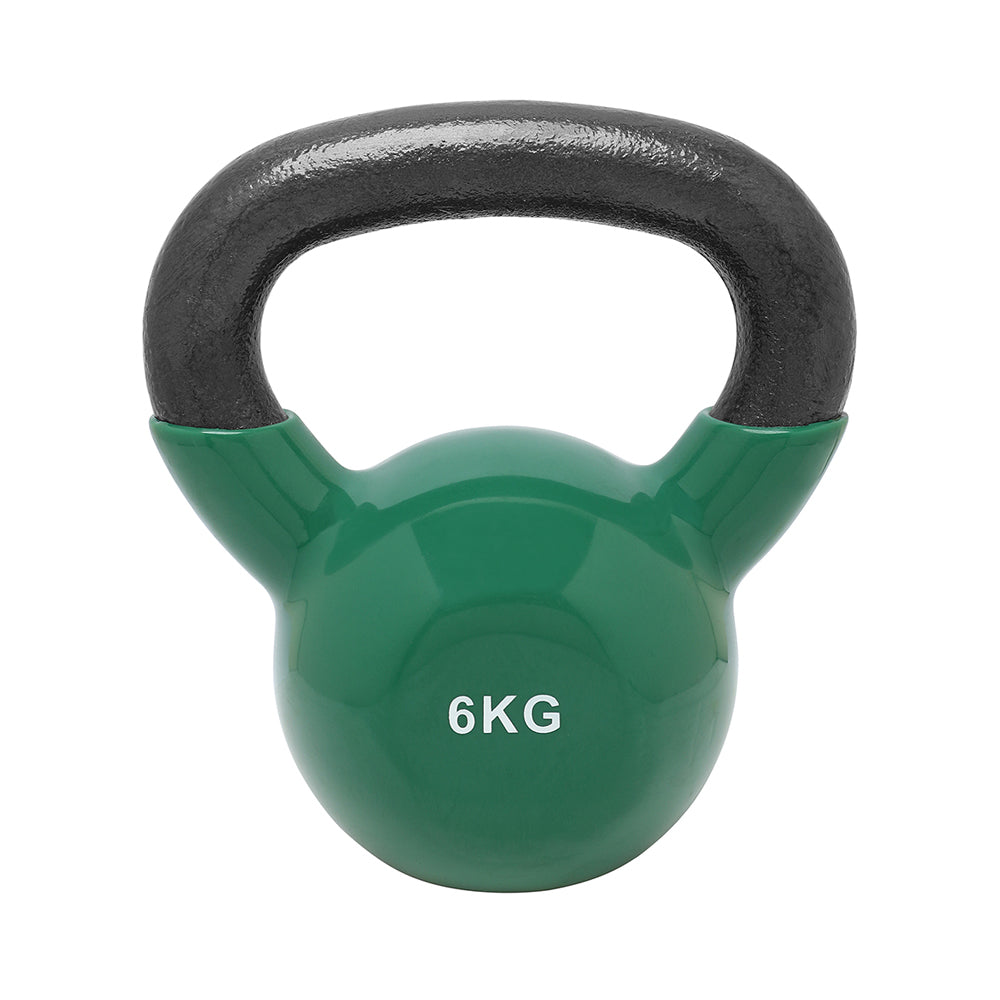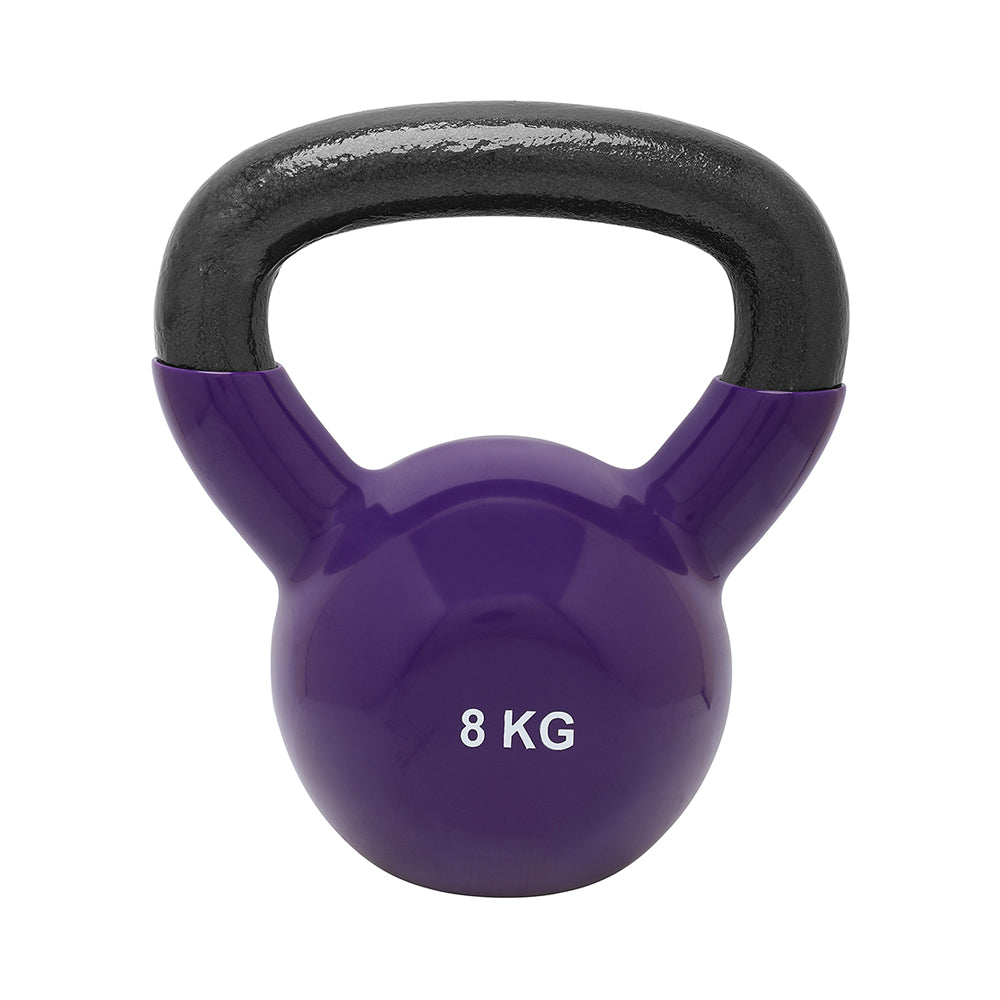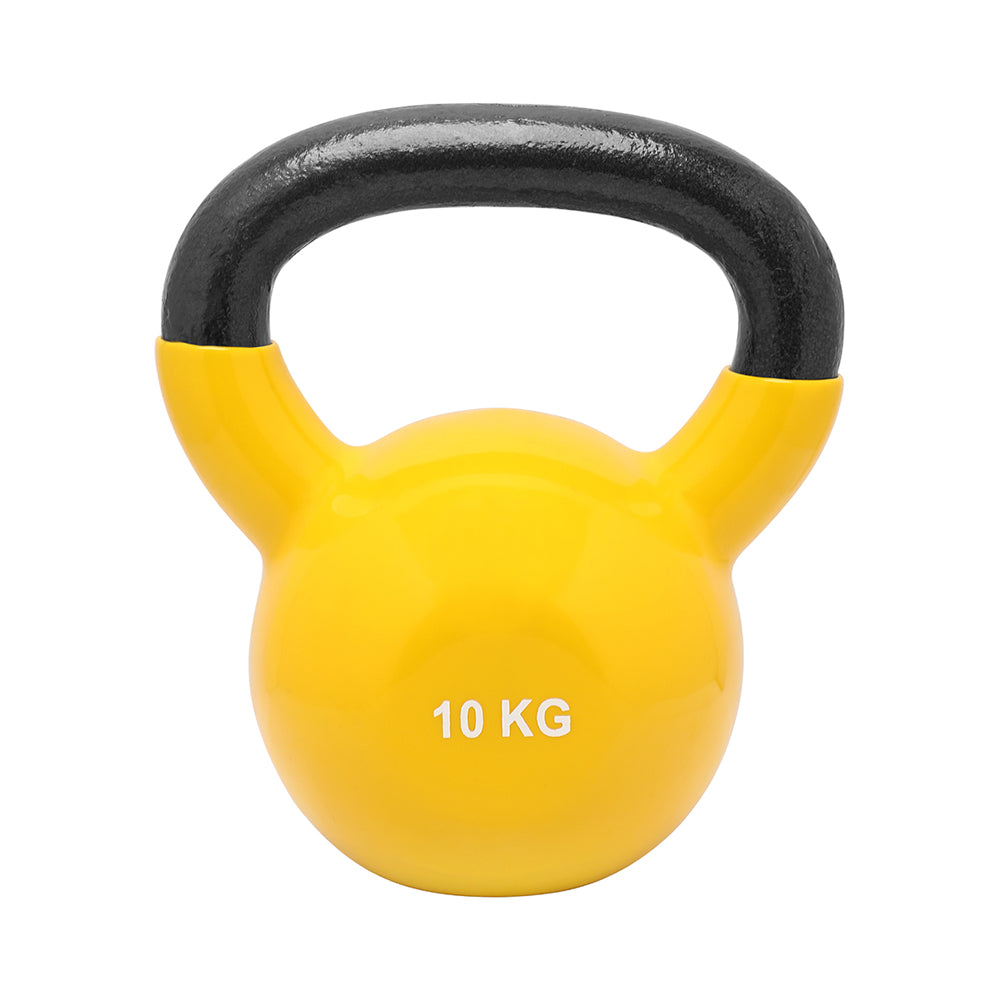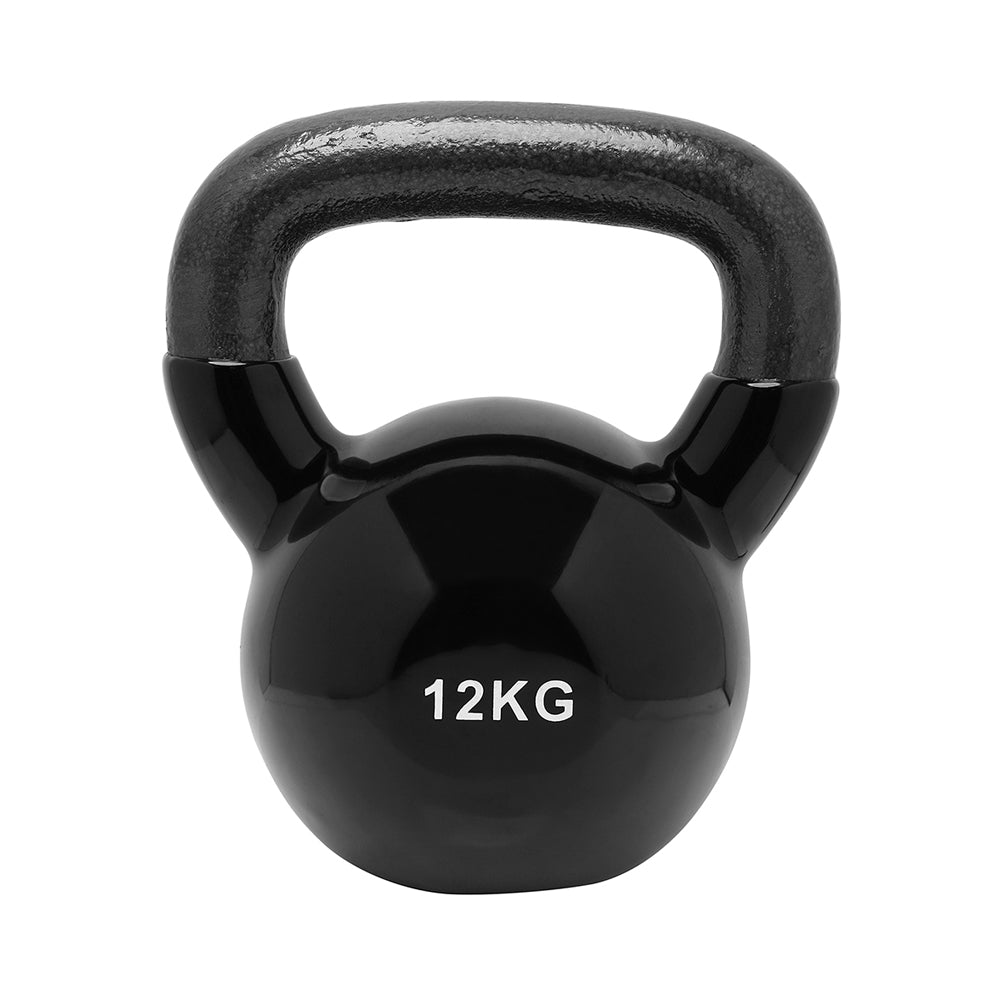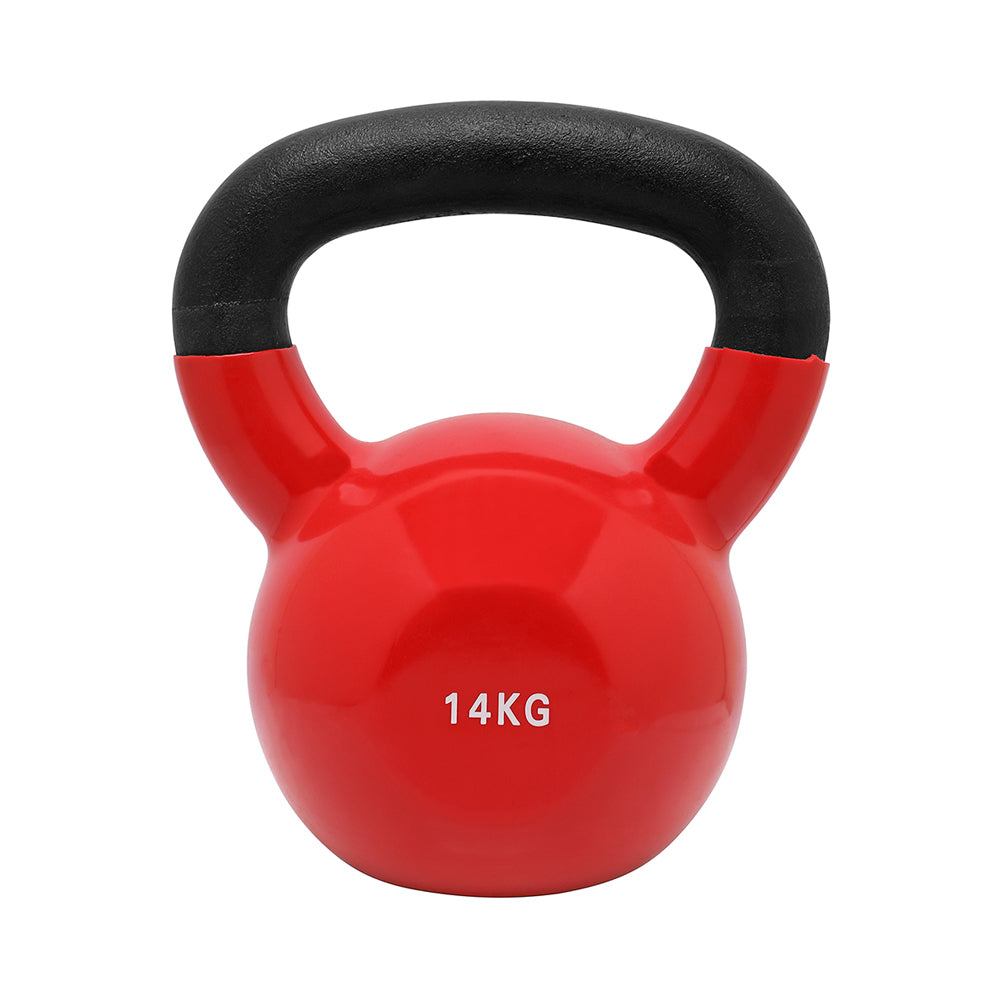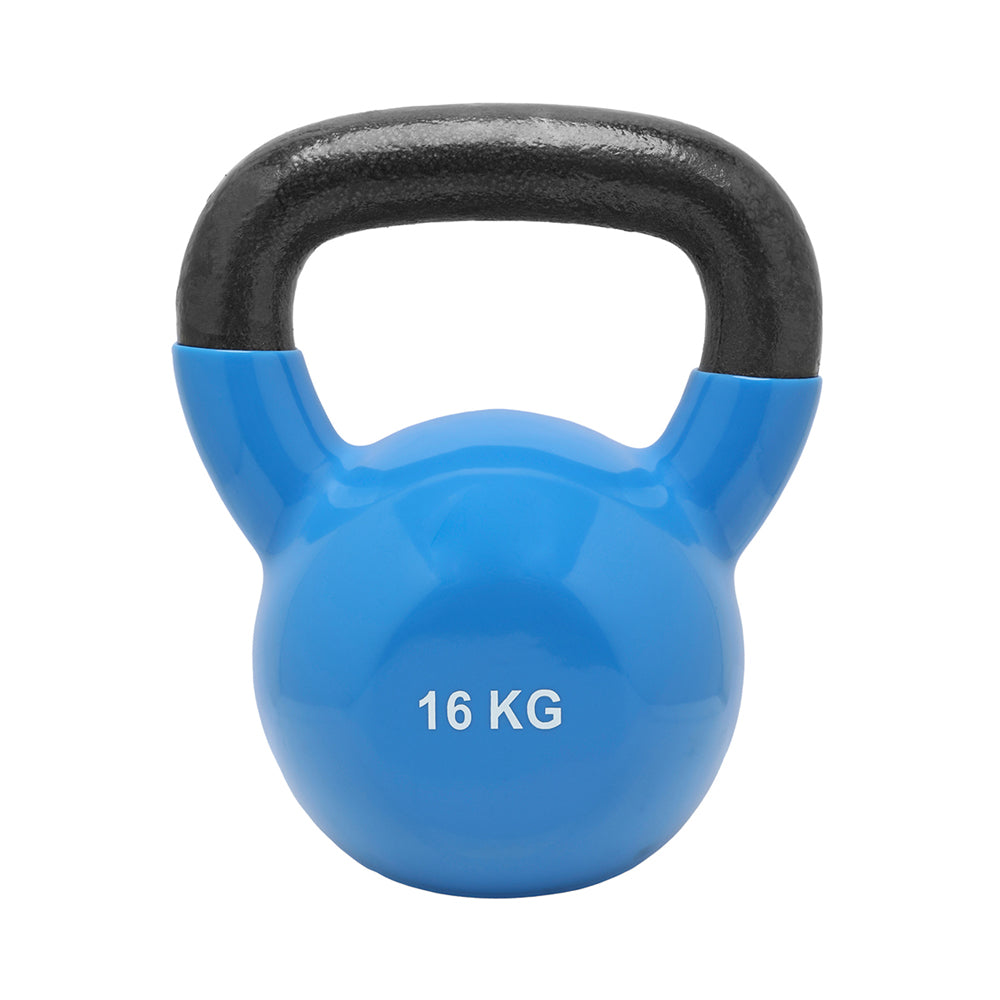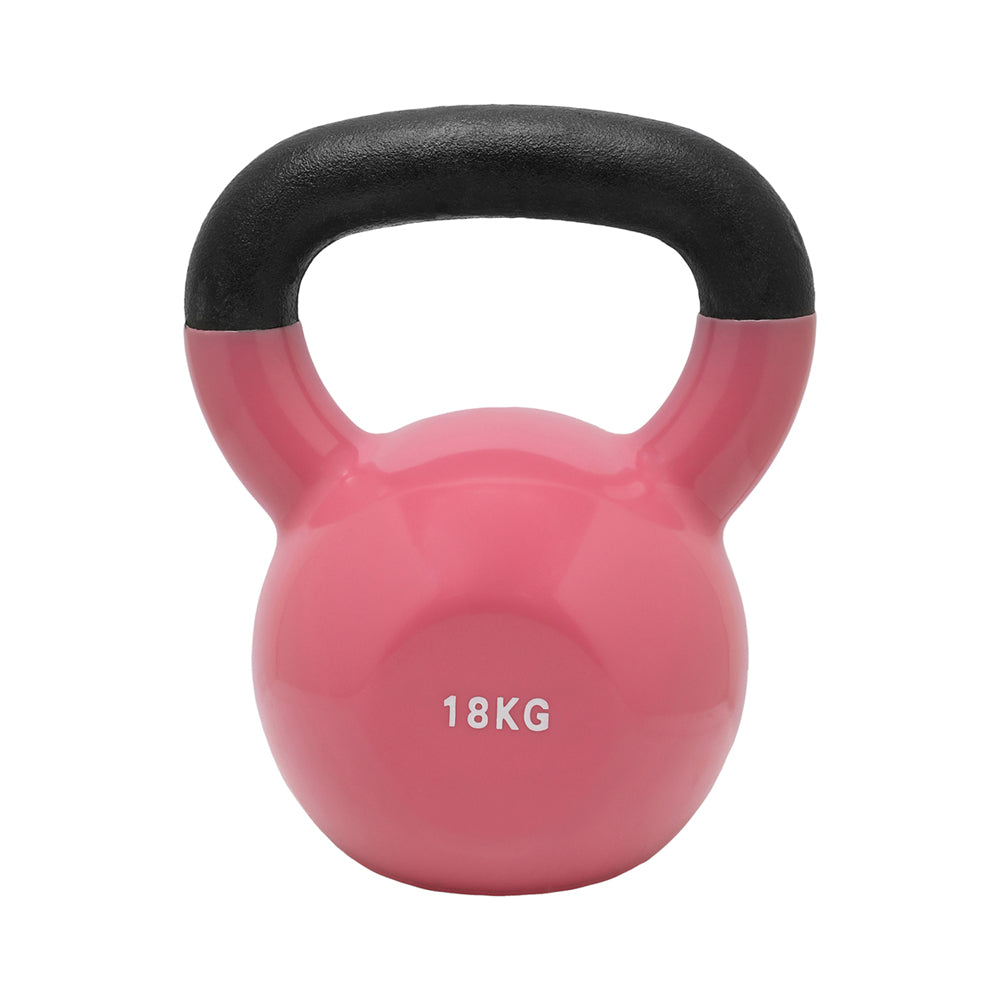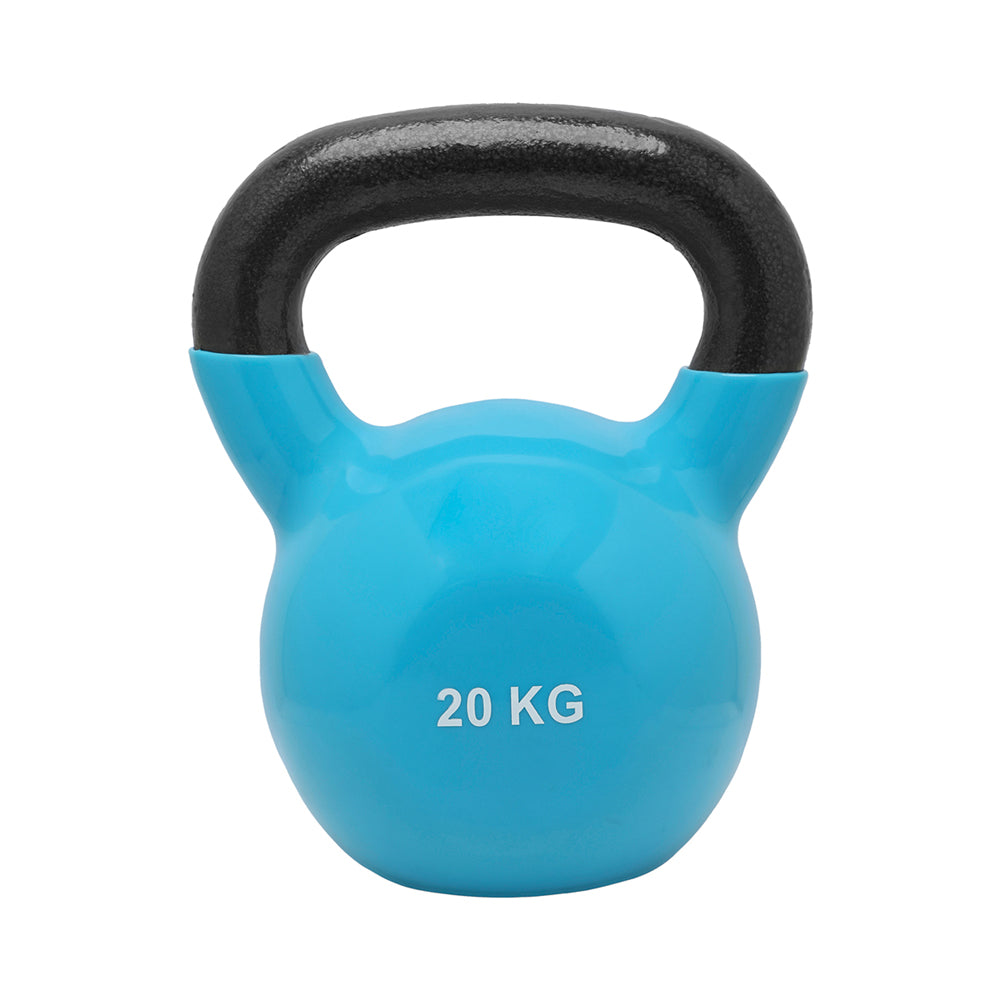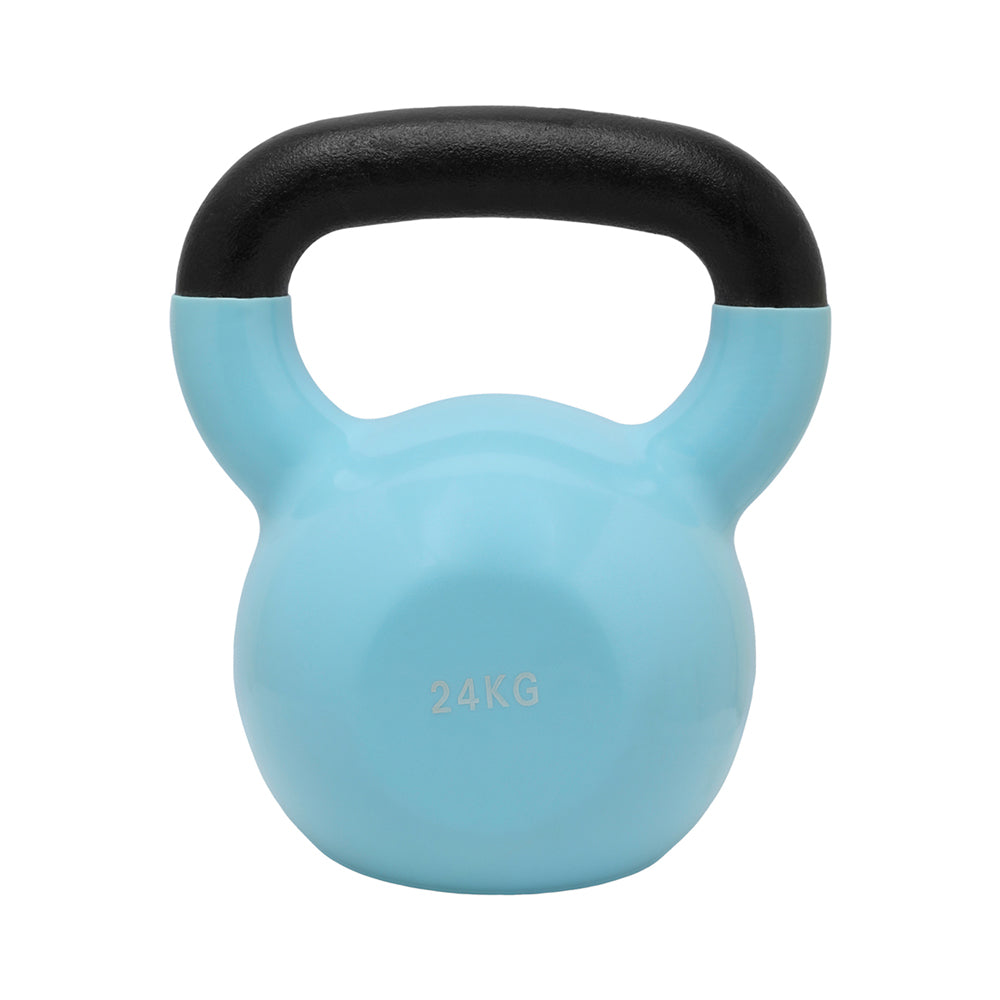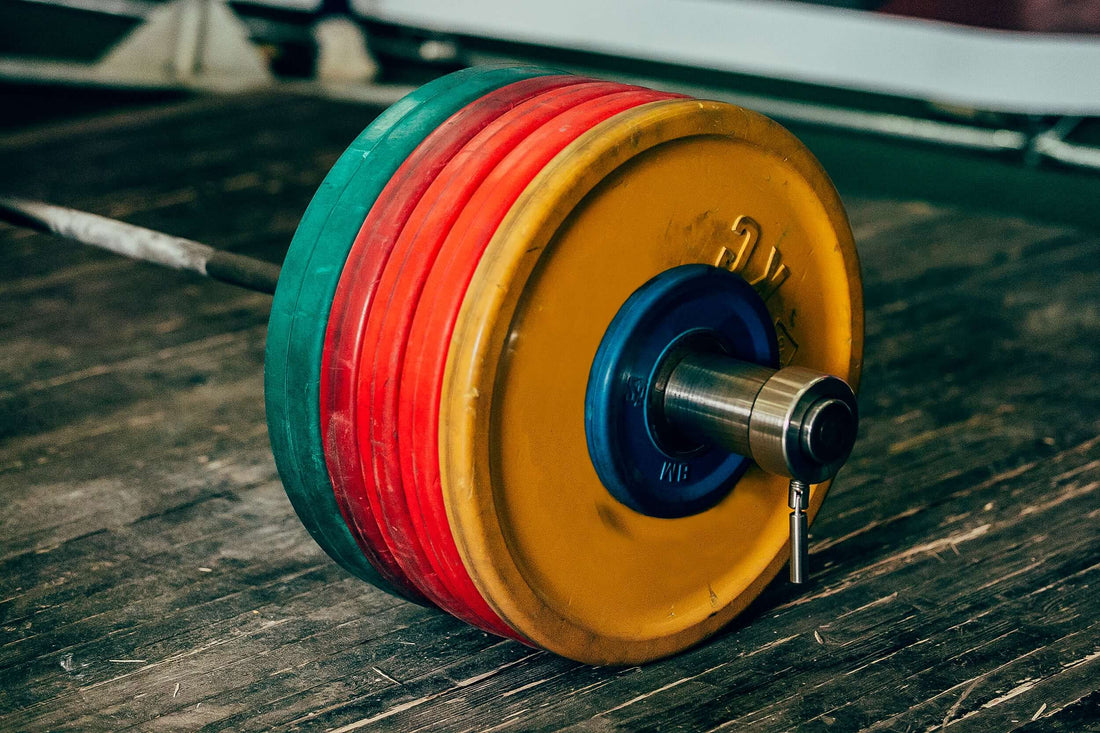You've just stepped foot into the gym, and it's a whole new world of gym equipment and workouts. Perhaps you've seen it in movies and on TV – people effortlessly lifting bars with weights attached, while others strain and struggle to break their records. Well, that's likely the first thing that caught your eye and piqued your interest. Let me break it down for you: that bar they're lifting is called a barbell, and those weights attached to it are known as weight plates.
Now you don't need to start with the heaviest weight plate and break your back. This blog will tell you everything you need to know about weight lifts for starters like you.
WHAT ARE WEIGHT PLATES?
Weight plates are circular discs that are placed on the ends of a weight bar to enhance weight training. Incorporating weightlifting into your exercise routine is essential for achieving a well-rounded workout whether you are at a commercial gym or home gym. It can assist in enhancing strength, managing a healthy weight, and fostering longevity. These unassuming, circular disks, available in various shapes, sizes, and materials, hold the potential to transform your workouts.
Weight plates are of two categories: standard and Olympic.
The key difference between the two types of plates is the sizing: Olympic weight plates are larger in diameter than standard weight plates, and they have a 2-inch hole in the center to fit on an Olympic barbell. Standard weight plates have a 1-inch hole in the center to fit on a standard barbell.
Both types come in various weights, typically ranging from 2.5 pounds to 45 pounds.
When it comes to weight plates, your first decision is to decide between standard and Olympic size. Following that, we will discuss some of the various types of weight plates.
DIFFERENT TYPES OF WEIGHT PLATES
Bumper Plates: These sturdy weight plates are found in homes and commercial gyms. Olympics and CrossFit use bumper plates for lifting and dropping weights. Their rubber structure makes them gym-floor-friendly. You may safely drop bumper plates from height. They also bounce somewhat, which might help with specific workouts.
Change Plates: Change plates are the unsung heroes of progressive training. These small, progressive weight plates allow you to fine-tune your lifting weights. Change plates are the ideal answer for breaking through plateaus or progressively increasing your strength.
Fractional Plates: Sometimes, the smallest adjustments can lead to significant gains in your strength training. Fractional plates are available as fractions of a standard weight, often as light as 0.25 pounds. These minute increases in weight are ideal for those seeking steady progress and are particularly valuable for exercises where larger increments might be too much.
Cast Iron Weight Plates: Cast iron weight plates are a classic choice, known for their durability and simplicity. These plates are typically found in home gyms and it is a more cost-effective way to load up your barbell or dumbbell.
Tri-Grip Weight Plates: If convenience and ease of use are your priorities, tri-grip weight plates are an excellent option. These plates feature three integrated handles, making them simple to grip and move. Whether you're performing planks, lunges, or other exercises that require lifting and shifting the weights, tri-grip plates make your workout more manageable.
Steel Weight Plates: Steel Weight plates are often seen in commercial gym settings due to their resistance to wear and tear. If you want durable weight plates that can help build your endurance, these types of plates are the way to go.
WHAT TO CONSIDER WHEN BUYING A WEIGHT PLATE?
TYPE: Olympic and standard weight plates are the two main types. Standard plates can be used with standard-sized barbells because their holes are 1 inch in diameter. A great choice for people who are just starting or who want to do basic strength training routines at home. They are smaller and lighter, which makes them easier for people who are just starting to lift weights to use.
Olympic plates have holes that are 2 inches in diameter. Olympic-sized barbells have thicker sleeves (the part of the bar where you put the weights on) and are known for being strong.
This bigger hole is made to fit those barbells and is usually chosen for serious wrestling and weightlifting. Because they can hold more weight, you can put more weight on the bar. For activities like squats, deadlifts, and bench presses, where you may need a lot of resistance, this is especially important.
Weight: Of course, the weight of the plates is very important. Weight plates come in a range of sizes, from 2.5 pounds (1.13 kg) to 45 pounds (20.4 kg) or more. When picking the right weight increments, think about your current level of strength and your exercise goals. Having a range of weights is important if you want to make good progress in your training.
Plate Material: Weight plates are typically made of one of two materials: iron or rubber. ron plates last a long time, don't cost much, and provide a classic look. On the other hand, rubber plates are more forgiving when they get dropped, which means they make less noise and might not damage floors as much.
Hole Size: Ensure that your weight plates match the size of your barbell (1-inch for standard and 2-inch for Olympic). Mixing different hole sizes will result in an unstable and potentially unsafe lifting experience.
Price: Your budget plays a significant role in your weight plate selection. While it's tempting to go for the cheapest option, consider investing in quality weight plates that last in your fitness journey. Quality plates are less likely to wear out or need frequent replacements.
Space: Different types of weight plates may take up varying amounts of space, and it's essential to ensure that you have enough room for your chosen plates, barbells, and other equipment.
FAQS
What material is best for weight plates?
Urethane is an ultra-durable type of rubber that makes for solid, dense-weight plates that resist bouncing and skipping. It has the best traits of both plastic and rubber. It can also withstand a lot of pressure, which makes it a great choice for weight plates.
How many weight plates do I need?
If you are new to strength training or weightlifting, you can start with a basic set of weight plates that has two pairs of lighter weights (2.5 or 5 pounds) and two pairs of heavier weights (10 or 25 pounds).
What are the benefits of weight plates?
Besides squats, deadlifts, bench presses, overhead presses, lunges, curls, and many other workouts, weight plates are very useful for many other things as well. It makes bones stronger, builds muscle, speeds up the metabolism, improves balance and prevents injuries, lifts moods, boosts endurance, and more.

